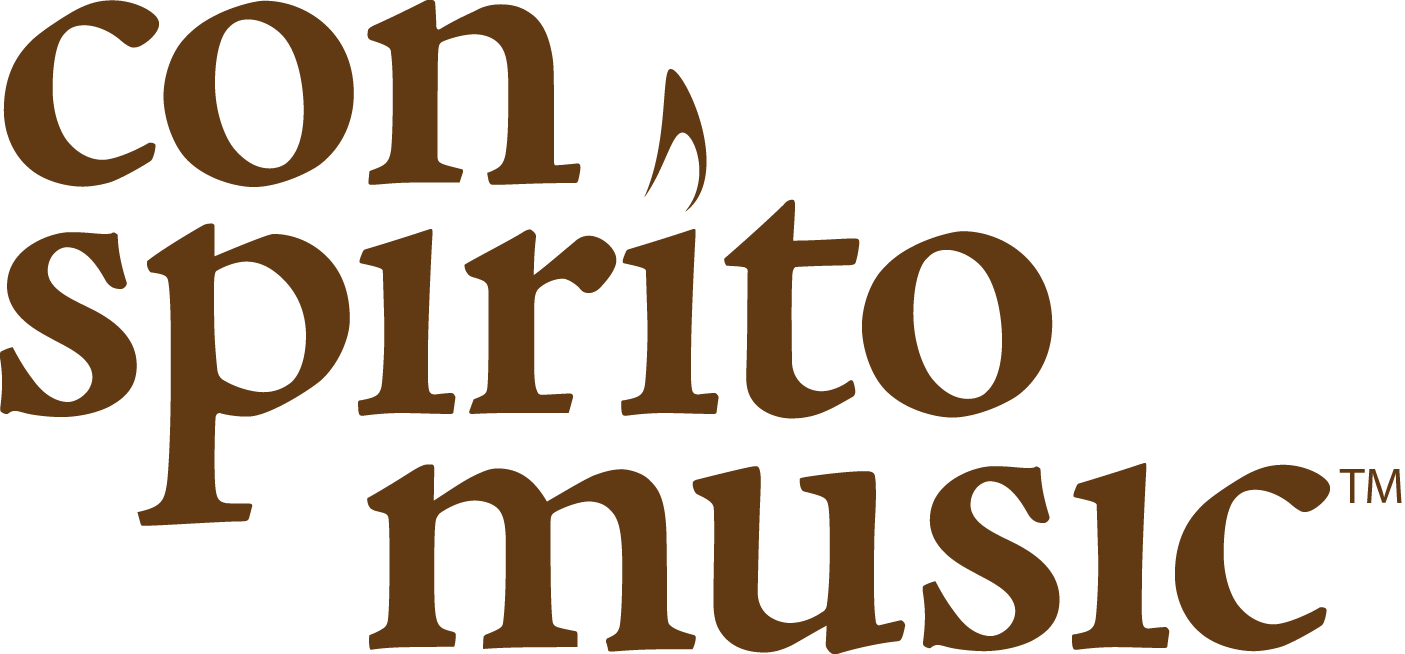“Let Us Break Bread Together” is an African-American folk song passed down through oral tradition in South Carolina’s coastal communities. First transcribed by Nicholas George Ballanta-Taylor, an African ethnomusicologist, and published in his Negro Spirituals of Helena’s Island (1925), it has become a hymn sung in many churches throughout the United States and beyond.
Ballanta-Taylor suggested this spiritual may have been sung as early as 1676 when, after several slave uprisings, the Colony of Virginia (soon followed by other colonies) prohibited African-Americans from meeting together. In this context, the song’s use of the plural (“let us,” “our knees,” etc.) might suggest a gathering in violation of these laws.
Ballanta-Taylor noted that, despite the reference to breaking bread, the song’s lyrics do not appear to refer to holy communion, for communion doesn’t always take place in the early morning or require participants to face east (both of which are indicated in the line “with my face to the rising sun”). Instead, perhaps, the lyrics refer to Islamic or other religious practices from Africa that lived on in these secret meetings.
However, hymnologist Carl P. Daw and Dr. Horace Clarence Boyer — one of the foremost scholars in African-American gospel music — both made the case for interpreting the song through the lens of America’s Anglican (Episcopal) churches. Boyer suggested that “a number of slaves attended [Anglican] services in the south, especially in South Carolina, where prior to the Civil War, the bishop of that state claimed more African-American communicants than white.” As nearly every Anglican church of that time was built with its altar facing east, and as kneeling for the reception of the communion bread and wine was prescribed, “Let Us Break Bread Together” may have taken on a liturgical characteristic.
The tune became widely known after publication in The Second Book of Negro Spirituals (1926), compiled by brothers James Weldon Johnson and Rosamond Johnson, and it grew in popularity with its inclusion in many 20th-century hymnals and through various choral arrangements.
In this arrangement, trombone and organ each take a turn at the verse and refrain, then join together after a modulation up one step on verse, refrain and conclusion.
Organ score, bass clef and Bb treble clef solo parts — $5.99
